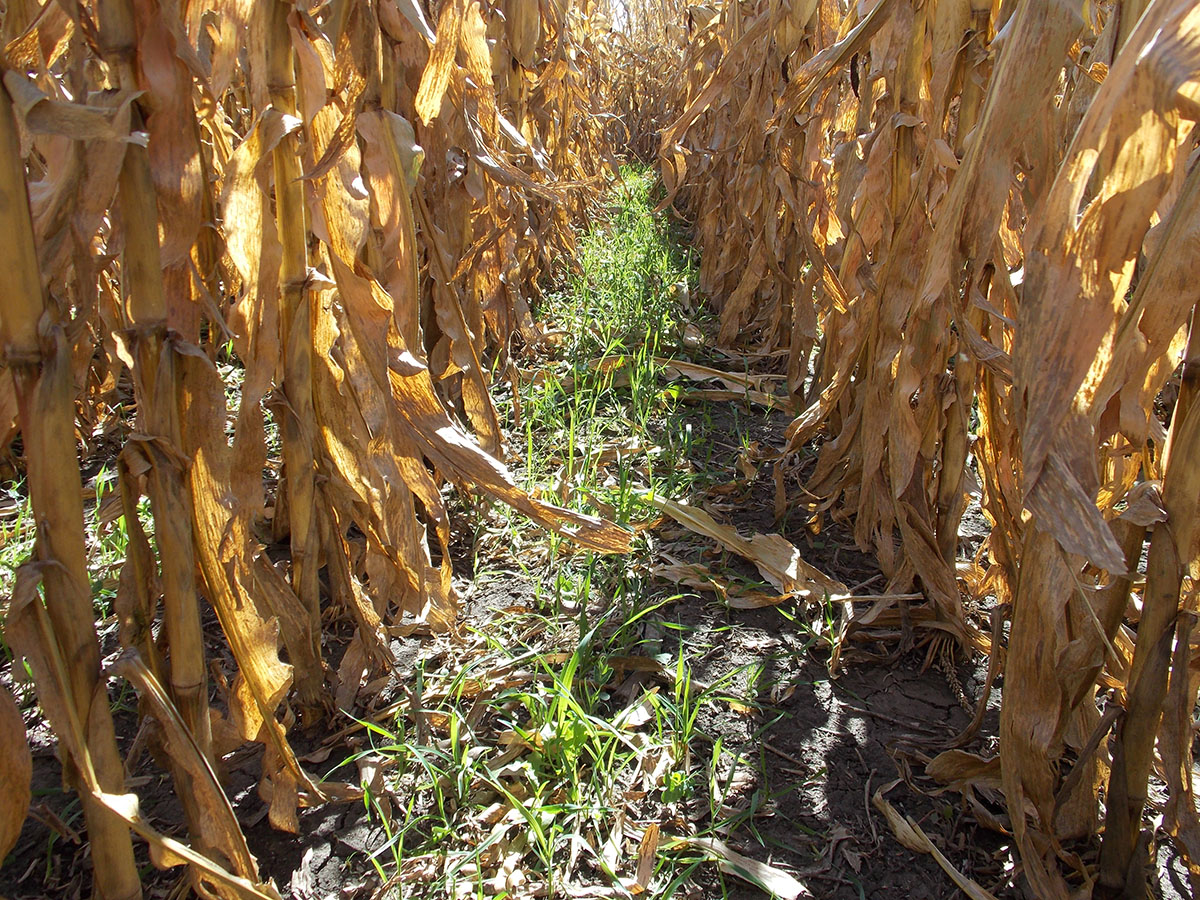Cover Crops and Ecosystem Services: Insights from Studies in Temperate Soils
Oct. 30, 2015

In the October Journal of Agronomy UNL agronomists review cover crop research conducted by multiple universities, shining light on the science behind how cover crops affect the ecosystems where they are used. Findings indicate the interactions often are complex and provide multiple inter-related services.
The scientists explore the research on how cover crops reduce soil erosion, improve soil physical properties and the soil microbial environment, reduce soil compaction, and benefit wildlife and the larger ecosystem. They also look at how cover crops can be used to achieve specific goals. By examining a number of studies under varying soil, climate, and cropping conditions, the reader can gain an understanding of how cover crops may perform in their situation to achieve their goals.
Lead author is Humberto Blanco-Canqui; co-authors are Tim M. Shaver, John L. Lindquist, Charles A. Shapiro, Roger W. Elmore, Charles A. Francis, and Gary W. Hergert, all in the UNL Department of Agronomy.
The authors conclude: "Cover crops growing in the same land area can support and allow production of all essential commodities: food (increase or sustain crop yields), fiber, fuel (biofuel feedstock), and feed (forage for livestock production), while still maintaining or improving soil and environmental quality."
Following is the article abstract. See the full article, available free online in the Agronomy Journal, Volume 107, Issue 6, 2015.
Cover crops can provide multiple soil, agricultural production, and environmental benefits. However, a better understanding of such potential ecosystem services is needed.
More research data are needed on the (i) multi-functionality of cover crops for different climates and management scenarios and (ii) short- and long-term economic return from cover crops.
UNL researchers are leading or cooperating in a number of cover crop studies in the Institute of Agriculture and Natural Resources and through the Nebraska On-Farm Research Network. For more information on these studies and using cover crops see Cover Crops in CropWatch.
Online Master of Science in Agronomy
With a focus on industry applications and research, the online program is designed with maximum flexibility for today's working professionals.
